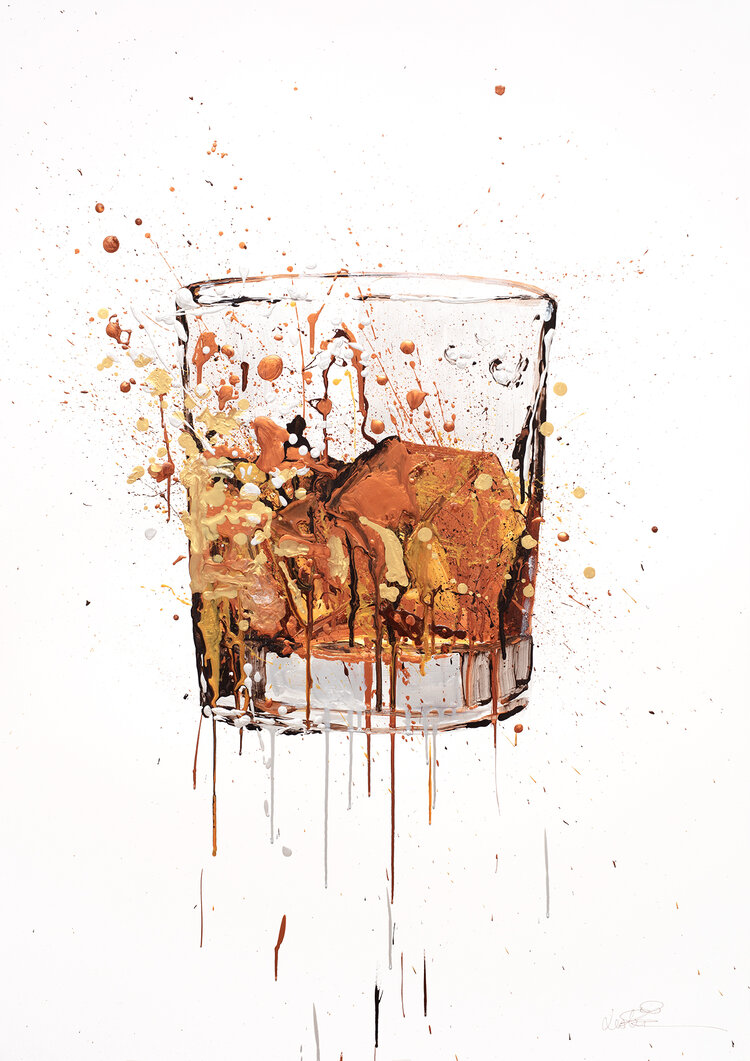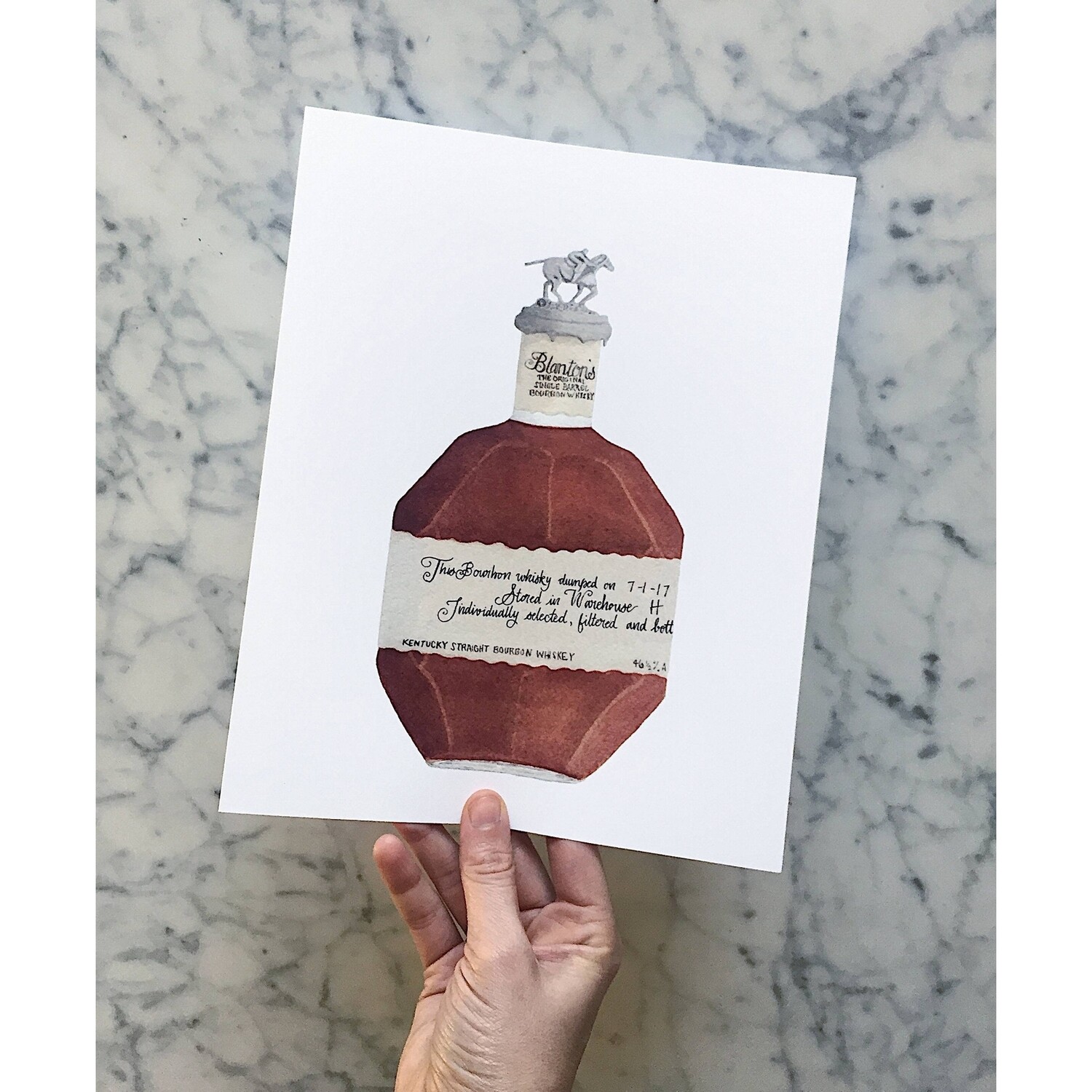The Relevance of Whiskey Art in Celebrating Heritage and Workmanship in the Beverage Industry
The complex connection between bourbon art and the celebration of heritage and workmanship within the beverage sector can not be overemphasized. Through attentively developed labels and containers, scotch brand names envelop their historic roots and the artisanal abilities that define their manufacturing methods.
The Historic Roots of Whiskey
At the heart of whiskey's appeal lies a rich tapestry of historic roots that map back to ancient civilizations. The beginnings of whiskey can be connected to the purification methods of the Sumerians and Babylonians around 2000 BCE, where very early forms of fermented grain drinks started to emerge. It was in the Middle Ages that the art of purification developed dramatically, particularly in Ireland and Scotland, leading to the development of bourbon as we recognize it today.
The term "whiskey" itself originates from the Gaelic word "uisce beatha," suggesting "water of life." This phrase underscores the social significance of scotch in Celtic cultures, where it was usually connected with rituals, events, and public bonding. By the 15th century, purification became a recognized craft within reclusive areas, leading the way for the establishment of legal distilleries.
As trade paths broadened, bourbon's appeal grew, going beyond local borders and recording the passion of connoisseurs worldwide. Bourbon Art. This historical journey reflects not only the workmanship behind bourbon manufacturing yet additionally its indispensable duty in social and social contexts, noting it as a substantial drink throughout background
Artistic Expression in Branding
Bourbon branding stands as an engaging junction of creativity and commerce, where visual identity plays an important function in shaping consumer perception. The aesthetics of bourbon tags, product packaging, and advertising materials reflect not just the brand name's story but also its core values and heritage. Via imaginative expression, distilleries communicate a narrative that resonates with customers, stimulating emotions and sparking links.
Using color, typography, and images in branding serves to differentiate products in a saturated market. Standard motifs might evoke a feeling of credibility and craftsmanship, while modern-day layouts can represent development and forward-thinking. This calculated creative direction improves brand recognition and commitment, allowing customers to forge a personal partnership with the whiskey they select.
In addition, creative expression in branding often works as a party of regional heritage. Distilleries often include local signs or historic references right into their designs, producing a feeling of area that invites consumers to engage in a broader cultural experience. Eventually, the virtuosity behind bourbon branding not just enhances visual charm yet additionally enriches the general story of the brand name, cultivating a much deeper appreciation for the workmanship and heritage ingrained in each bottle.
Craftsmanship in Bottle Style
The creativity noticeable in bourbon branding expands past visual identity to include the workmanship included in container layout. Each container offers as a vessel not simply for the spirit within, yet additionally for the tale it outlines its custom, origin, and quality. The design process requires meticulous focus to information, as components such as material, closure, and form add significantly to the total understanding of the scotch.
Craftsmanship in bottle layout entails choosing top notch glass that can improve the whiskey's color and clarity, while also giving a responsive experience for the consumer. The shape of more helpful hints the container should be both visually appealing and functional, usually mirroring the heritage of the brand name. Many distilleries choose one-of-a-kind shapes or embossed logo designs that evoke a feeling of credibility and history.
Moreover, the tag style and typography play an essential duty in interacting the brand's story. Bourbon Art. A well-crafted container not only captivates the customer's eye yet additionally strengthens the brand name's commitment to top quality and custom. In this means, the craftsmanship of container design becomes an essential element of the bourbon experience, merging virtuosity with a profound regard for heritage
Social Importance of Bourbon Art
Celebrating custom and craftsmanship, the social importance of bourbon art transcends simple visual appeals, linking with the historical and social stories of the areas from which it stems. Each container works as a canvas, portraying the one-of-a-kind stories, folklore, and customs that have actually shaped regional whiskey-making methods. The detailed layouts frequently show the heritage of the distillers, including symbols and motifs that resonate with the society and worths of their areas.

On top of that, scotch art plays a vital function in common celebrations and celebrations, functioning as a tangible web link in between people and their shared experiences. By appreciating the virtuosity in whiskey product packaging, customers cultivate a much deeper understanding and regard for the craft, eventually improving their enjoyment of the drink itself.
Modern Trends in Bourbon Presentation
Recently, the discussion of whiskey has progressed to mirror contemporary tastes and patterns while still recognizing typical craftsmanship - Limited Edition. Distilleries are significantly concentrating on aesthetic aspects that boost the total drinking experience, bridging the space between heritage and modernity
Ingenious container layouts have emerged, typically including lasting products and artistic labels that tell compelling stories. Lots of brand names currently team up with neighborhood musicians, infusing their products with unique visual expressions that resonate with consumers. Additionally, limited-edition releases are usually packaged in collectible containers, adding worth and allure for connoisseurs.

Verdict
To conclude, scotch art acts as an essential conduit for revealing the heritage and workmanship integral in the drink sector. Through elaborate branding, ingenious container layouts, and culturally substantial artistic elements, scotch brands successfully recognize their practices and attach with consumers. This creative story not just raises the admiration of bourbon yet additionally reinforces community identity and satisfaction amongst manufacturers. Inevitably, bourbon art plays a vital role in preserving and commemorating the abundant social tapestry of whiskey-making.


Workmanship in container layout entails choosing premium glass that can improve the whiskey's shade and clearness, while also providing a responsive experience for the consumer. In this way, the workmanship of bottle design comes to be a crucial aspect of the scotch experience, merging virtuosity with a profound respect for heritage.
In verdict, whiskey art offers as a crucial conduit these details for sharing the heritage and craftsmanship inherent in the drink industry.